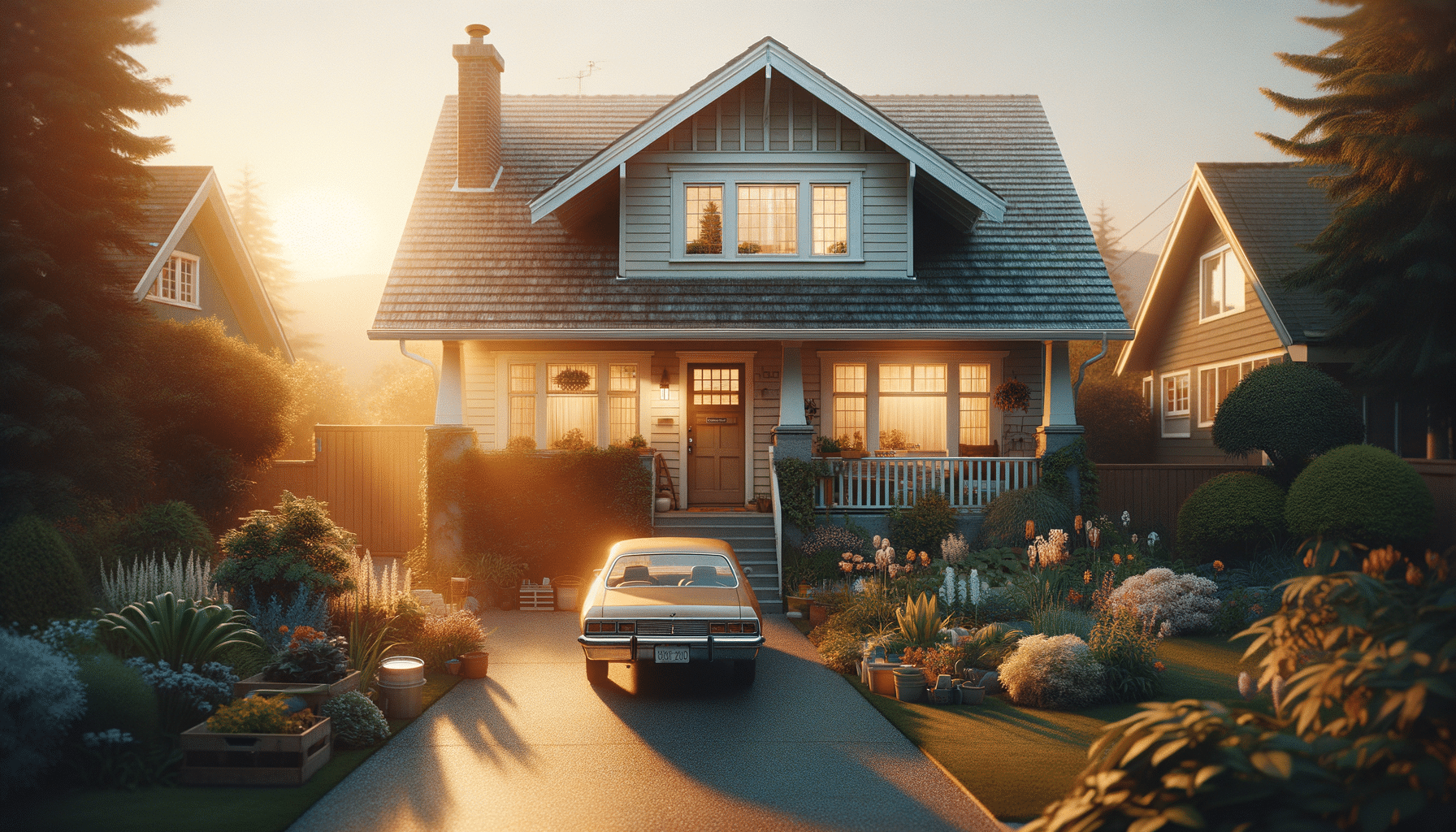
Security and Surveillance Cameras Near Me: An Overview
Introduction to Security and Surveillance Cameras
In a world where safety and security are paramount, the importance of surveillance cameras cannot be overstated. These devices serve as the vigilant eyes that monitor our surroundings, providing a sense of security whether at home or in public spaces. With the increasing availability of technology, expressions like “surveillance cameras near me” have become common as individuals and businesses alike seek accessible solutions for their security needs. This article delves into the multifaceted world of security and surveillance cameras, exploring their relevance, functionality, and the considerations to keep in mind when selecting them.
The Role and Functionality of Surveillance Cameras
Surveillance cameras are essential tools in modern security systems, offering a range of functionalities that go beyond mere recording. These cameras are equipped with advanced features such as high-definition video capture, night vision, and motion detection, enabling them to provide comprehensive coverage in various environments. The primary role of these cameras is to deter criminal activity by their presence while also providing valuable evidence in the event of an incident.
Modern surveillance cameras come in various forms, including dome cameras, bullet cameras, and PTZ (pan-tilt-zoom) cameras, each designed to serve specific purposes. Dome cameras, for example, are often used indoors and offer a wide field of view, making them ideal for monitoring large areas. Bullet cameras are more suited for outdoor use due to their weather-resistant design. PTZ cameras offer flexibility with their ability to pan, tilt, and zoom, allowing for detailed surveillance of specific areas.
In addition to crime prevention, surveillance cameras are used for monitoring employee performance, ensuring customer safety, and even analyzing consumer behavior in retail settings. With the integration of artificial intelligence, some cameras can now recognize faces, detect unusual activities, and send alerts in real-time, making them indispensable in both private and public security strategies.
Choosing the Right Surveillance Cameras
When considering “security cameras near me,” it’s crucial to evaluate several factors to ensure the chosen system meets specific security needs. One of the primary considerations is the type of camera that best suits the intended environment. For instance, indoor and outdoor settings require different camera designs due to varying environmental conditions.
Resolution is another critical factor. High-resolution cameras provide clearer images, which can be invaluable when identifying individuals or details in a security breach. Additionally, features such as night vision and motion detection can significantly enhance a camera’s effectiveness in low-light conditions or when monitoring unoccupied spaces.
Connectivity options should also be considered, as modern cameras often offer wireless capabilities for ease of installation and integration with smart home systems. Cloud storage solutions provide added convenience and security for recorded footage, ensuring that data is safely backed up and accessible from anywhere.
Lastly, budget constraints play a significant role in the decision-making process. While high-end cameras offer more features, there are cost-effective options that provide adequate security for smaller areas or less critical applications. Ultimately, understanding the specific security needs and available resources will guide the selection of the most appropriate surveillance system.
Installation and Maintenance of Surveillance Systems
Proper installation and maintenance are crucial for the effective functioning of surveillance cameras. When searching for “video surveillance near me,” it is beneficial to consider professional installation services to ensure optimal placement and setup. Correct positioning of cameras maximizes coverage and minimizes blind spots, enhancing the overall security of the premises.
The installation process involves several steps, including site assessment, camera selection, and system configuration. Professional installers have the expertise to determine the best locations for cameras based on factors such as lighting, field of view, and potential obstructions. They also ensure that the system is correctly configured for remote access and monitoring.
Regular maintenance is equally important to ensure the longevity and reliability of surveillance systems. This includes cleaning camera lenses, checking connections, and updating software to protect against vulnerabilities. Periodic testing of the system ensures that all components are functioning correctly and that recorded footage is clear and usable.
For those opting for DIY installation, it is essential to follow manufacturer guidelines closely and utilize available online resources for support. Regardless of the installation method, maintaining a log of maintenance activities and system updates can help in troubleshooting issues and ensuring continuous protection.
Future Trends in Surveillance Technology
The future of surveillance cameras is poised for significant advancements as technology continues to evolve. One emerging trend is the integration of artificial intelligence and machine learning, which enhances the ability of cameras to analyze data in real-time and make intelligent decisions. This includes capabilities such as facial recognition, anomaly detection, and predictive analytics, which can preemptively alert authorities to potential security threats.
Another trend is the shift towards more sustainable and energy-efficient systems. Solar-powered cameras and those with low energy consumption are becoming increasingly popular, reducing the environmental impact of surveillance systems while maintaining their effectiveness.
The proliferation of smart city initiatives is also driving the adoption of advanced surveillance technologies. These systems are integrated into broader city management infrastructures, providing seamless connectivity and data sharing across various municipal services. This enhances not only security but also traffic management, emergency response, and public safety.
As privacy concerns continue to grow, the development of surveillance technology will also focus on protecting individual rights while ensuring security. This includes implementing robust data encryption, anonymization techniques, and transparent policies regarding data usage and retention.
Overall, the future of surveillance cameras is set to be more intelligent, efficient, and integrated, offering enhanced security solutions that adapt to the ever-changing landscape of modern society.


